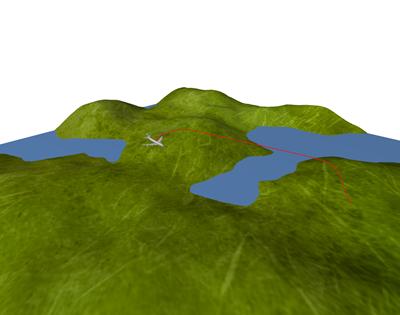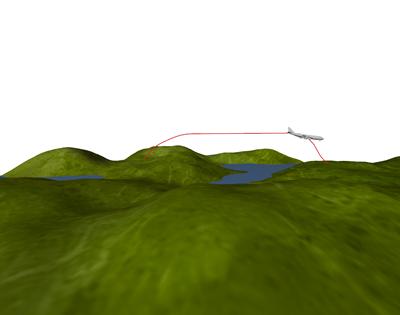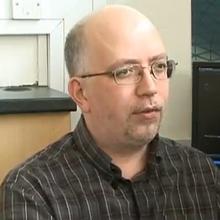For Co2 and NOx emissions reduction

Air traffic has been growing continuously over the past decades and this trend is expected to continue into the future. Major airports are facing more than 1,000 aircraft movements a day, leading to considerable impact on the surrounding communities in terms of noise and air pollution.
To ensure air traffic growth that is environmentally sustainable and well accepted by the European population, the European Commission has formulated a 75% reduction in CO2 emissions per passenger kilometre, a 90% reduction in NOx emissions, and a reduction in perceived noise emission of flying aircraft by 65%. One possibility of reducing emission and noise is through aircraft trajectory optimisation, which can contribute to benefits for all stakeholders. The AWACS project (Adaption of WORHP to Avionics Constraints) will improve and extend the functionality of existing computational tools to ensure that aircrafts can follow an emission-minimal flight path.


Technical advantages of the proposed active control method
- Bases on high-performance optimisation code that can handle billions of variables and constraints, and that is presently the trajectory optimization code of choice of the European Space Agency
- World-class computational performance
- Highly robust solver; hardened against erroneous input values and ill-scaled problems
- Highly versatile; can make intermediate steps available as close-to-optimal solutions
Technology roadmap
2007-2010: eNLP: funded by European Space Agency TEC-ECM (GSTP-4 G603-45EC), in cooperation with universities of Southampton, Bremen, and Coimbra, as well as Skysoft (now GMV) and Astos Solutions
2010-2011: eNLPext: funded by European Space Agency TEC-ECM (GSTP-5 G517-045EC: ‘Extension/Deployment of the European Mathematical NLP-solver’), led by Astos Solutions
2013-2015: Clean Sky (‘AWAC’): funded by Clean Sky (JTI-CS-2012-3-SGO-03-020), joint project of Universität Bremen, Universität der Bundeswehr München, Technische Universität München, and University of Southampton
Collaboration opportunity
The software can be tailored for a broad range of trajectory optimisation applications, and the programme is positioned to develop these within the context of an established interdisciplinary research programme to meet the requirements of industrial partners. Examples could include simultaneous optimisation of several objectives (eg NOx emissions and noise footprint), a multiheaded implementation towards high-performance computing or implementation on a mobile device towards usage in a flight bag, etc.
If you would like to know more please contact Joerg Fliege j.fliege@soton.ac.uk
